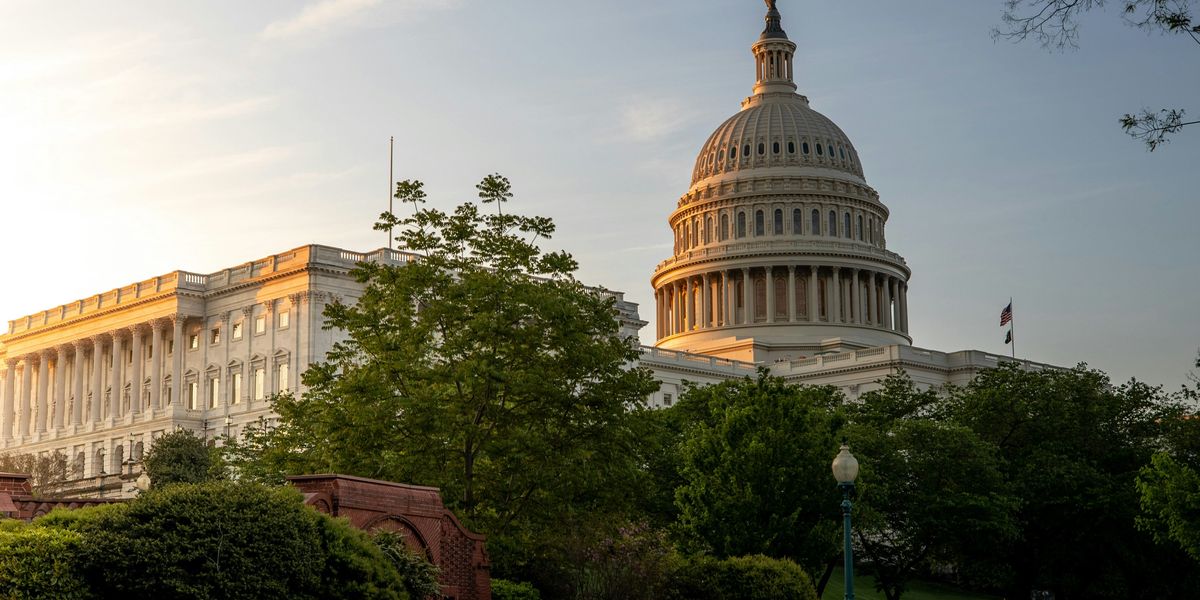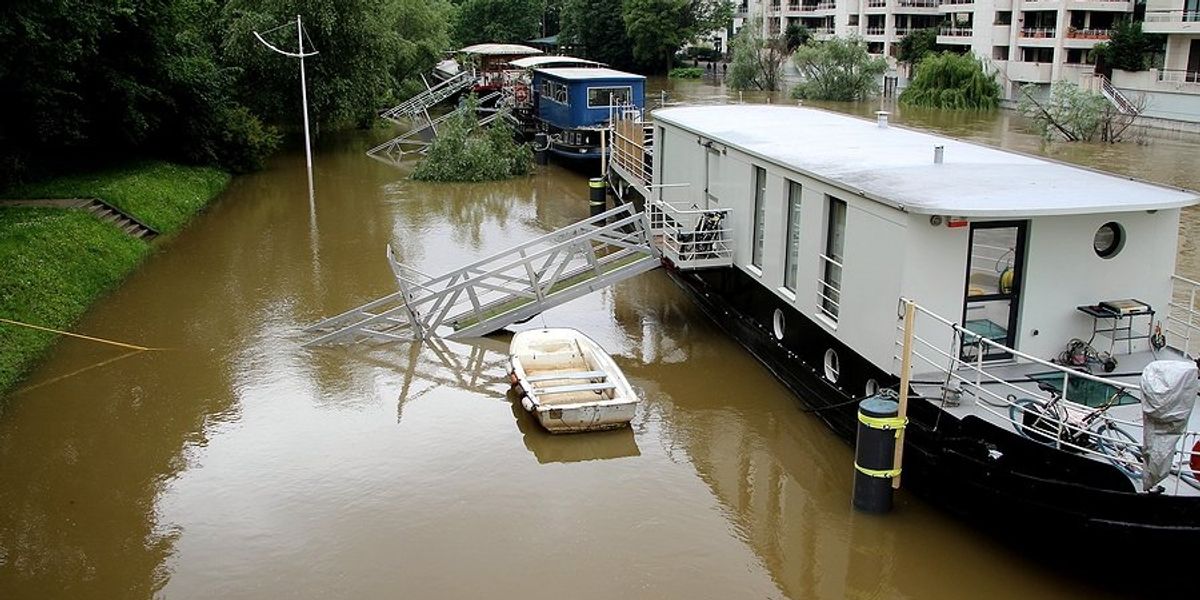
AmeriCorps cuts leave disaster-struck communities without critical help
As climate disasters escalate, sweeping federal cuts have gutted AmeriCorps, halting aid programs that once helped thousands recover from fires, floods, and hurricanes.
In short:
- AmeriCorps, the national service agency that deployed over 200,000 people annually, has been severely slashed by the Trump administration’s Department of Government Efficiency (DOGE), cutting 85% of staff and canceling $400 million in grants.
- Programs across California and the U.S. that focused on disaster response, climate resilience, and environmental education have been abruptly halted, leaving communities and volunteers stranded mid-service.
- Lawsuits from states and grant recipients aim to block the cuts, arguing that the dismantling of AmeriCorps threatens essential recovery efforts in the face of rising extreme weather and weakens national disaster preparedness.
Key quote:
“This will be disastrous to communities. And the thing that’s really unfortunate is we won’t feel it until after disaster hits.”
— Dana Fisher, professor at American University’s School of International Service
Why this matters:
AmeriCorps played a quiet but essential role in disaster recovery across the United States. By pulling thousands of young people into public service for modest pay, it built a decentralized but responsive force that could be quickly mobilized during emergencies. These programs often served as the first boots on the ground and the last to leave after disasters, especially in underserved areas where local support is thin. The decision to dismantle AmeriCorps comes as climate-fueled disasters intensify in frequency and scale. Without these workers, communities face longer recovery times, more chaos, and fewer hands to help. At the same time, other critical institutions like FEMA and NOAA are facing similar rollbacks, compounding the risk.













